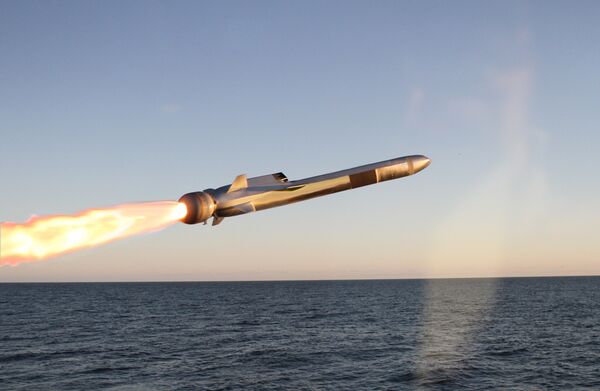Australia and the Role for Long Range Anti-Ship Missiles: An Indian Perspective
Australia’s threat perceptions over the years have reinforced the perceived need to strengthen its maritime capabilities.
Anti-ship missile capabilities would ensure Australia’s ability to effectively implement an anti-access area denial capability vis-a-vis China.
In 2022, it was reported that the Royal Australian Navy’s (RAN) Anzac-class frigates and Hobart-class destroyers will be equipped with the latest-generation Naval Strike Missile (NSM) Block 1A by 2024. This development took place owing to the fact that China would enter into security agreement with Solomon Islands.
According to this, China could send military personnel to the South Pacific islands to help maintain order, could also send warships to the Islands for stopovers and to replenish supplies.
There are speculations that China could have a naval base there. This move by Solomon Islands has created greater concerns for Australia as according to Scott Morrison, Australia’s Prime Minister, Australia is the Islands’ “primary security partner.”
This missile will be acquired under the Project SEA 1300 program of the RAN.
Under this program, new anti-ship and surface to air (SAM) missiles are being considered as a part of $1billion investment.
All these procurements would form major components of Australia’s guided weapons that according to Head Navy Capability, Rear Admiral Peter Quinn, would “ensure military advantage by holding adversary forces and infrastructure at risk at greater distances from Australia.”This missile will replace the RGM-84 Harpoon Block II anti-ship missile.
Early 2022, reports came in that Australia was also being assisted by the U.S. Naval Air Systems Command in arming the Royal Australian Air Force (RAAF) F/A-18E Super Hornets with multi-mode sensor- equipped Long Range Anti-Ship Missiles for high priority maritime targets. This would be a part of Foreign Military Sales Agreement (FMS) and the missile would be capable of targeting aircraft carriers, guided missile cruisers and troop transport ships.
These capabilities would provide a better conventional deterrence against China’s anti ship missile capabilities among which the YJ-12 with range of 400-537kms is of special mention. Not only this, China has also focused on hypersonic anti ship missile capabilities like the YJ-21. It is a ship-launched version of the ground launched DF-21D anti ship missile to neutralise warships.
China also possesses the intermediate range 4000kms DF-26 anti ship missile which according to US commander Vice Adm. Jeffrey Trussler, the deputy chief of naval operations for information warfare, would enable China to “rim their coast in the South China Sea.”
It must be noted that South China Sea (SCS) is crucial to Australia too for economic and free trade reasons and as of 2022, the Australian Defence Minister Richard Marles clarified Australia’s position on the need to secure and monitor the region for Australia’s own benefits.
This is even more necessary especially as in times of conflict, Australia’s liquid fuel trade route could become jeopardised.
The Western Pacific holds strategic significance for Australia too as it connects the continent with the South East Asian countries. In 2019, Australia along with the United States, Japan and South Korea conducted military drills in the Western Pacific.
The Project Sea 1300 Phase 1 program forms a component of Australia’s 2020 Force Structure to enhance the maritime prowess of RAN.
Weapons that can defeat enemy missile defence systems form perfect combat weapons with credibility. Cruise missiles that could evade enemy missile defence systems can challenge adversaries’ naval influence in contested regions.
For Australia, these missile systems can contribute to deter and challenge China’s forces.
Featured Photo: Australia wants to integrate Kongsberg’s Naval Strike Missile Block 1A onto its Anzac-class frigates and Hobart-class destroyers from 2024. (Kongsberg Defence & Aerospace)

